Home>diy>Building & Construction>What To Wear To A Construction Site
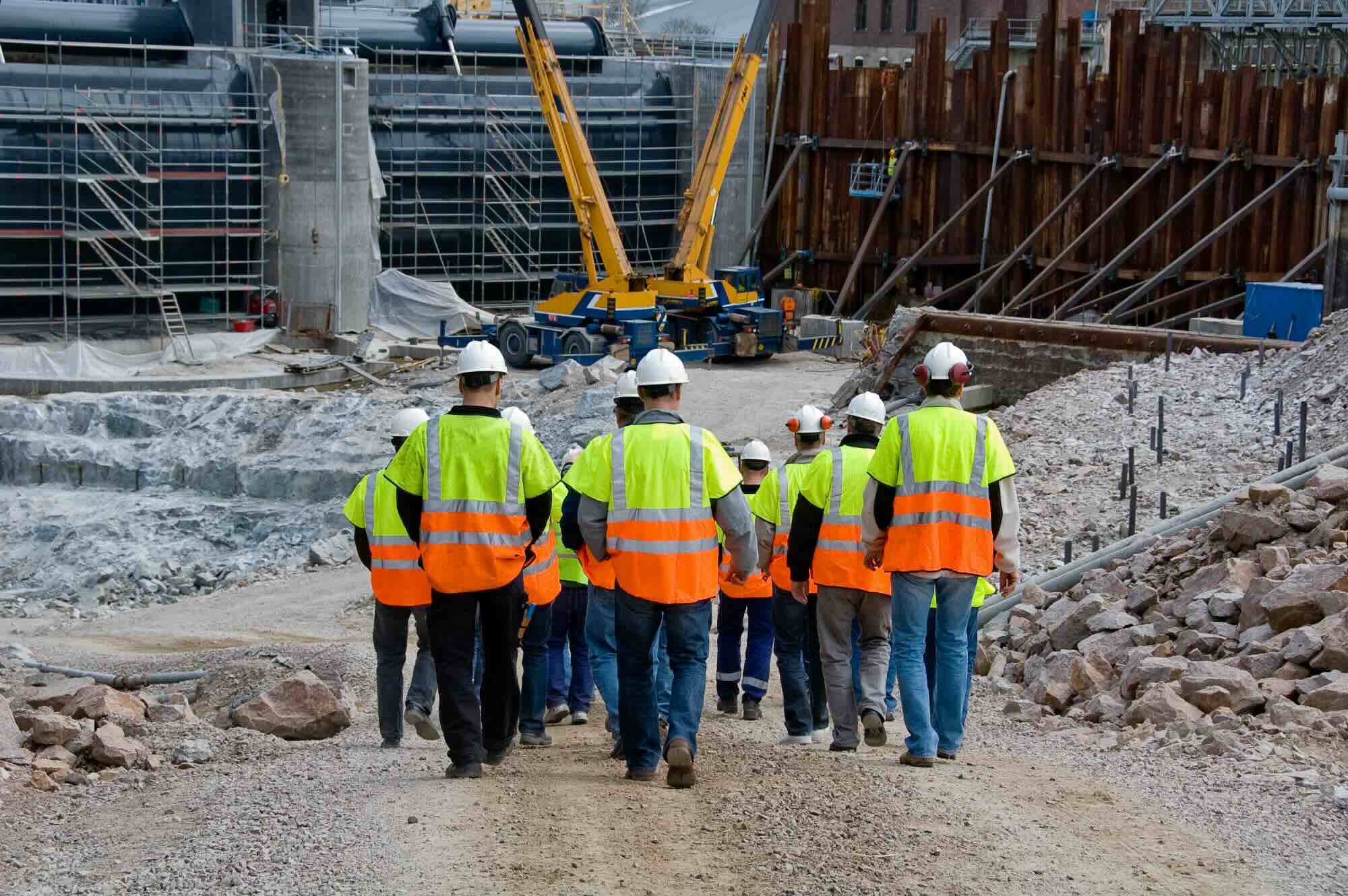

Building & Construction
What To Wear To A Construction Site
Modified: January 4, 2024
Discover the best outfits for a construction site. Stay safe and stylish while working in building construction. Find the perfect attire for your next project.
(Many of the links in this article redirect to a specific reviewed product. Your purchase of these products through affiliate links helps to generate commission for Storables.com, at no extra cost. Learn more)
Introduction
When it comes to working on a construction site, safety should always be the top priority. One crucial aspect of ensuring safety is wearing the appropriate attire. Construction sites can be hazardous environments, with various potential risks such as falling debris, heavy machinery, and uneven surfaces. Therefore, it is essential to dress in a way that protects your body and minimizes the chances of accidents or injuries.
However, finding the right balance between safety and comfort can be a daunting task. While safety regulations provide guidelines for construction site attire, it is essential to understand the specific requirements of the job and the potential hazards you may encounter. This article will guide you on what to wear to a construction site, considering both safety concerns and practicality.
Wearing the appropriate clothing not only safeguards your well-being but also contributes to a positive work environment. It shows your commitment to safety and professionalism, earning the respect of your peers and supervisors. Additionally, wearing the right attire can enhance your productivity and overall comfort throughout the workday.
Whether you are a seasoned construction worker or new to the industry, understanding the importance of proper construction site attire and knowing what to wear can significantly impact your work experience. Let’s dive into the essential aspects of construction site attire and what considerations you should keep in mind when choosing your work wardrobe.
Key Takeaways:
- Prioritize safety and comfort by wearing appropriate construction site attire, including hard hats, high-visibility clothing, safety shoes, and gloves. Consider job-specific hazards and weather conditions for optimal protection.
- Optimize comfort and functionality in construction site attire by choosing breathable fabrics, layering for weather changes, and investing in quality footwear. Stay hydrated, protect yourself from the sun, and maintain personal hygiene for a positive work experience.
Read more: What Is A Construction Site
Importance of Wearing Appropriate Attire at Construction Sites
Construction sites are dynamic environments with numerous potential hazards that can pose risks to workers’ safety and well-being. Wearing the appropriate attire is crucial for several reasons:
- Protection from falling objects: Construction sites often involve heavy machinery and materials being moved or lifted. Wearing a hard hat can protect your head from potential falling objects, reducing the risk of head injuries.
- Prevention of cuts and abrasions: Sharp tools, rough surfaces, and jagged edges are common in construction. By wearing clothing made of durable and protective materials, such as thick work pants and long-sleeved shirts, you can minimize the possibility of cuts, abrasions, and other injuries.
- Visibility and identification: Construction sites are busy and complex work environments. Wearing high-visibility clothing, such as vests or jackets with reflective strips, makes you easily identifiable to other workers and equipment operators, reducing the risk of accidents or collisions.
- Protection from extreme weather conditions: Construction projects often continue regardless of weather conditions. Proper attire should include clothing that can protect you from extreme heat, cold, rain, or wind. This not only ensures your comfort but also maintains your productivity and prevents illnesses caused by exposure to harsh elements.
- Safe footwear: In a construction environment, wearing appropriate footwear, such as steel-toed boots or safety shoes, is essential. These types of shoes provide protection from heavy objects, electrical hazards, and sharp objects that may be present on the site.
- Compliance with regulations: Construction sites are subject to strict safety regulations and guidelines. By wearing the appropriate attire, you ensure compliance with these regulations, demonstrating your commitment to safety and professionalism.
Overall, wearing the proper attire at a construction site not only safeguards your well-being but also prevents accidents and injuries. It is crucial to understand the specific hazards of your work environment and select clothing and protective gear accordingly.
Safety Considerations When Choosing What to Wear
When selecting what to wear at a construction site, it is important to prioritize safety. Consider the following factors to ensure your attire provides adequate protection:
- Mandatory safety requirements: Familiarize yourself with the safety regulations and guidelines specific to your construction site. These requirements may include wearing specific types of clothing, such as high-visibility apparel or flame-resistant garments, depending on the nature of the work.
- Material durability: Choose clothing made from durable materials that can withstand the demands of a construction site environment. Fabrics like denim or canvas are often recommended for their resistance to tears and abrasions.
- Fit and mobility: Your attire should allow for ease of movement and flexibility. Avoid loose-fitting clothing that can get caught in machinery or pose tripping hazards. Opt for well-fitting garments that provide a comfortable range of motion without being restrictive.
- Layering for weather conditions: Construction sites are exposed to various weather conditions. Dressing in layers allows you to adjust your clothing to suit changing temperatures throughout the day. This ensures both comfort and protection from extreme cold or heat.
- Visibility: Choose clothing with high-visibility features, such as reflective strips or bright colors, to make yourself easily visible to others on the construction site. This is particularly important if you are working near moving vehicles or in low-light conditions.
- Protection for specific hazards: Take into account the specific hazards you may encounter on your construction site. If exposed to chemicals, consider wearing clothing resistant to chemical splashes. If working with sharp objects, ensure your attire provides sufficient protection against cuts and punctures.
- Consideration for personal protective equipment (PPE): Personal protective equipment, such as hard hats, safety goggles, gloves, earplugs, and respiratory protection, may be required for certain tasks on the construction site. Coordinate your clothing choices to accommodate the use of necessary PPE without compromising safety.
Remember, always consult with your employer and adhere to the safety guidelines established for your specific construction site. By considering these safety factors when choosing what to wear, you can minimize the risks and hazards associated with construction work and promote a safer working environment for yourself and your colleagues.
Key Clothing Items for Construction Site Attire
When it comes to construction site attire, certain clothing items are essential for ensuring safety and comfort. Here are some key items to include in your construction site wardrobe:
- Hard hat: A hard hat is one of the most critical pieces of protective equipment to wear on a construction site. It protects your head from falling objects and potential head injuries. Choose a hard hat that meets safety standards and fits properly.
- Work pants: Opt for durable work pants made from materials like denim or canvas. These pants provide resistance to cuts, abrasions, and punctures. Look for pants with reinforced knees for added protection and consider pants with multiple pockets for convenient storage of tools and small equipment.
- Long-sleeved shirts: Wearing long-sleeved shirts helps protect your arms from cuts, scratches, and exposure to the sun. Look for shirts made from breathable fabrics that offer durability and comfort. Consider shirts with high-visibility features if required by your construction site regulations.
- High-visibility vests or jackets: If you work in an area with moving vehicles or low-visibility conditions, wearing a high-visibility vest or jacket is essential. These garments make you easily identifiable and reduce the risk of accidents. Choose vests or jackets with reflective strips that meet the necessary safety standards.
- Safety shoes or boots: Proper footwear is crucial on a construction site. Invest in safety shoes or boots with steel toes to protect your feet from heavy objects and potential crushing injuries. Look for footwear that provides slip resistance, insulation from electrical hazards, and ankle support.
- Gloves: Depending on your tasks, wearing gloves can protect your hands from cuts, burns, chemical exposure, and other potential hazards. Choose gloves that are appropriate for your specific job requirements, such as leather gloves for general handling or chemical-resistant gloves for handling hazardous substances.
- Eye and ear protection: Construction sites often involve loud noises and potential eye hazards. Wear safety glasses or goggles to protect your eyes from debris, dust, or chemicals. If you are exposed to loud noises, use earplugs or earmuffs to safeguard your hearing.
- Weather-appropriate clothing: Consider the weather conditions and dress accordingly. In hot weather, opt for lightweight, breathable clothing that protects you from the sun. In colder temperatures, layer your clothing to stay warm, and ensure you have waterproof outerwear in case of rain.
These key clothing items provide a foundation for a safe and practical construction site attire. Always check with your employer or the specific construction site regulations to ensure compliance and address any additional clothing requirements based on the nature of the work you will be performing.
Footwear Options for Construction Sites
Choosing the right footwear is crucial when it comes to construction site attire. Construction sites pose various risks to your feet, including falling objects, slippery surfaces, and potential punctures. Here are some footwear options specifically designed for construction sites:
- Safety Shoes: Safety shoes are a common choice for construction workers. They are designed with protective features such as steel toes, which provide resistance to heavy objects and potential crushing injuries. Safety shoes also often have slip-resistant outsoles, insulation against electrical hazards, and ankle support for added stability.
- Steel-Toed Boots: Similar to safety shoes, steel-toed boots offer excellent protection for the feet. These boots are reinforced with a steel toe cap, which acts as a barrier against falling objects and compression. They provide more coverage and support for the ankles and are generally more rugged and durable.
- Composite-Toe Boots: Composite-toe boots are an alternative to steel-toed boots. Instead of steel, they feature non-metallic materials such as carbon fiber or Kevlar for toe protection. Composite-toe boots are lighter in weight, often more comfortable, and offer electrical hazard protection. However, they may not be as resistant to heavy impacts as steel-toed boots.
- Work Boots: Work boots are a versatile option for construction sites. These boots are usually made from durable leather or synthetic materials and are designed to provide comfort, protection, and support. Look for work boots with slip-resistant soles, cushioned insoles, and a waterproof or water-resistant construction to handle various site conditions.
- Hiker-Style Boots: Hiker-style boots combine the comfort and flexibility of hiking boots with protective features suitable for construction work. They offer ankle support, weather resistance, and rugged outsoles for traction. However, ensure that they meet the safety requirements of your specific construction site.
- Rubber Boots: Rubber boots, also known as Wellington boots or rain boots, are ideal for wet and muddy construction sites. They are waterproof and provide excellent traction on slippery surfaces. Some rubber boots also have steel toes for added protection.
Regardless of the type of footwear you choose, ensure that it meets the safety standards required for your construction site. It’s important to regularly inspect and maintain your footwear to ensure its continued effectiveness in protecting your feet.
Remember, construction sites can be unpredictable, so investing in high-quality footwear that provides the necessary protection and support will contribute to your overall safety and well-being on the job.
Wear a hard hat, steel-toed boots, and high-visibility clothing to stay safe and compliant on a construction site. Avoid loose clothing and jewelry that could get caught in machinery.
Read more: What Is A Site Plan In Construction
Protective Gear and Equipment Needed on Construction Sites
Construction sites present various hazards that require the use of protective gear and equipment to ensure the safety and well-being of workers. Here are some essential protective items that should be used on construction sites:
- Hard Hats: Hard hats are a fundamental piece of protective equipment on construction sites. They protect the head from falling objects, potential impacts, and electrical hazards. It is crucial to wear a properly fitting and approved hard hat at all times.
- Eye Protection: Safety glasses or goggles protect the eyes from debris, dust, chemicals, and other potential hazards. It is important to choose eye protection that meets the appropriate safety standards and provides a comfortable, secure fit.
- Hearing Protection: Construction sites can be noisy environments, exposing workers to loud machinery and equipment. The use of earplugs or earmuffs is essential to protect hearing and prevent noise-induced hearing loss.
- Respiratory Protection: Depending on the nature of the construction work, respiratory protection may be necessary. Dust, fumes, and other airborne particles can be harmful when inhaled. Respirators, such as masks or respirator cartridges, should be used to filter out these contaminants.
- Gloves: Gloves protect the hands from cuts, abrasions, burns, chemicals, and other potential hazards. Different types of gloves are available depending on the specific tasks and materials being handled. It is important to select gloves that provide the appropriate level of protection.
- High-Visibility Apparel: High-visibility vests, jackets, or shirts are essential on construction sites, especially when working near moving vehicles or in low-light conditions. These garments make workers easily identifiable and help prevent accidents.
- Protective Footwear: As discussed earlier, protective footwear like safety shoes or boots with steel toes provide necessary protection against falling objects, punctures, and electrical hazards. They are crucial in maintaining foot safety on construction sites.
- Fall Protection Equipment: Construction work often involves working at heights, making fall protection equipment crucial. This may include safety harnesses, lanyards, lifelines, and anchor points to prevent falls and protect workers from serious injuries.
These are just a few examples of the protective gear and equipment commonly used on construction sites. It is important to identify the specific hazards of the construction site and ensure that you have the appropriate safety gear and equipment to address those hazards. Regular inspections, maintenance, and proper use of protective gear and equipment are essential for ensuring their effectiveness in safeguarding workers’ health and well-being.
Remember, wearing and using the necessary protective gear and equipment is not only a legal requirement but also a crucial step in minimizing the risks associated with construction work and promoting a safe working environment.
Factors to Consider When Selecting Clothing for Construction Sites
Choosing the right clothing for construction sites involves considering several important factors. Here are key considerations to keep in mind when selecting your construction site attire:
- Safety Requirements: Familiarize yourself with the safety regulations and guidelines specific to your construction site. Understand the mandatory clothing requirements, such as high-visibility apparel or flame-resistant garments, to ensure compliance and protect yourself and others from potential hazards.
- Job Tasks and Hazards: Assess the tasks you will be performing and the hazards associated with them. If you will be working with sharp objects, prioritize clothing made from durable and cut-resistant materials. Identify potential risks, such as exposure to chemicals or extreme temperatures, and choose clothing that provides appropriate protection.
- Comfort and Mobility: Construction work often involves physical labor, so comfort and freedom of movement are crucial. Opt for clothing made from breathable and moisture-wicking fabrics that allow for airflow and help regulate body temperature. Choose items that provide the necessary range of motion and flexibility for your job tasks.
- Weather Conditions: Take into account the climate and weather conditions of your work environment. Dress appropriately for hot or cold temperatures, windy conditions, rain, or snow. Layer your clothing to allow for adjustments based on temperature fluctuations throughout the day.
- Fit and Sizing: Proper fit is essential for safety and comfort. Avoid clothing that is too loose or baggy, as it can get caught in machinery or pose a tripping hazard. At the same time, avoid garments that are too tight or restrictive, as they can restrict movement and cause discomfort.
- Visibility: If your construction site requires high-visibility clothing, choose garments with reflective strips or bright colors that make you easily visible to others on the site. This is particularly important if you work near moving vehicles or in low-light conditions.
- Durability: Construction work can be rough on clothing, with potential exposure to sharp objects, abrasions, and tearing. Invest in high-quality garments made from durable fabrics that can withstand the demands of the construction site environment. Reinforced seams and double stitching can add to the longevity of your clothing.
- Maintenance and Cleanliness: Consider how easy it is to clean and maintain your construction attire. Some materials may require special care or be more resistant to stains and dirt. Ensure that your clothing remains in good condition for extended use.
By taking these factors into account, you can select clothing that not only meets safety requirements but also provides comfort, flexibility, and durability for your specific construction site tasks. Remember to regularly inspect and replace worn or damaged clothing to maintain your safety and protection on the job.
Tips for Staying Comfortable and Functional in Construction Site Attire
Working on a construction site can be physically demanding, but with the right approach, you can stay comfortable and functional in your construction site attire. Here are some tips to help you achieve that:
- Choose Breathable Fabrics: Opt for clothing made from breathable materials that allow air circulation and wick away moisture. Fabrics like cotton or moisture-wicking synthetics can help keep you cool and dry throughout the workday.
- Layer Your Clothing: Layering allows you to adjust your attire to fluctuating temperatures throughout the day. Start with a moisture-wicking base layer, add insulation for warmth, and finish with a waterproof and windproof outer layer as needed.
- Consider Ventilated Clothing: Look for clothing with built-in ventilation features, such as mesh panels or vents, to enhance breathability and airflow. These options are particularly beneficial in hot and humid conditions.
- Pay Attention to Fit: Proper fit is essential for comfort and functionality. Choose clothing that allows for a full range of motion without being overly restrictive. Avoid clothing that is too tight or too loose, as both can hinder your movement and compromise safety.
- Protect Yourself from the Sun: Construction sites often expose workers to prolonged sun exposure. Wear a wide-brimmed hat or a cap to shield your face and neck from the sun’s rays. Apply sunscreen to any exposed skin and consider wearing UV-protective clothing.
- Stay Hydrated: Construction work can be physically demanding and may cause excessive sweating. Stay hydrated by drinking plenty of water throughout the day, even if you don’t feel thirsty. Carry a reusable water bottle to ensure easy access to hydration on-site.
- Invest in Quality Footwear: Your choice of footwear can greatly impact your comfort and functionality. Invest in well-fitting, supportive, and protective footwear that is designed for construction sites. Ensure proper arch support and cushioning to minimize foot fatigue.
- Use Moisture-Wicking Socks: Wearing moisture-wicking socks can help keep your feet dry and prevent blisters. Look for socks made from materials like merino wool or synthetic blends that wick away sweat and provide cushioning and support.
- Keep Spare Clothing: It’s a good idea to keep spare clothing on hand in case your attire gets wet, soiled, or damaged during the workday. Having extra shirts, pants, and socks can ensure you stay comfortable and presentable on the construction site.
- Maintain Personal Hygiene: Construction work can be dirty, but practicing good personal hygiene can help you stay comfortable. Change out of your work clothes promptly at the end of the day, wash your clothing regularly, and take care of your personal grooming needs.
By following these tips, you can optimize your comfort and functionality while working in construction site attire. Remember to prioritize safety and comply with the necessary clothing requirements specific to your construction site. A comfortable and functional attire will not only enhance your work performance but also contribute to a positive and enjoyable work experience.
Conclusion
Wearing the appropriate attire on a construction site is crucial for ensuring safety, protecting yourself from potential hazards, and maintaining comfort and functionality throughout the workday. In this article, we have discussed the importance of wearing the right clothing and protective gear, as well as key factors to consider when selecting construction site attire.
By adhering to safety regulations and guidelines, you demonstrate your commitment to maintaining a safe work environment and preserving your well-being. Wearing mandatory safety gear like hard hats, high-visibility apparel, safety shoes, and gloves helps protect you from potential accidents, falling objects, and injuries.
Choosing the right clothing based on factors such as comfort, mobility, weather conditions, and job-specific hazards is essential. Breathable and durable fabrics, layering options, proper fit, and ventilation features contribute to your overall comfort, allowing you to perform your tasks with ease.
Additionally, investing in quality footwear, staying hydrated, protecting yourself from the sun, and maintaining personal hygiene are essential for staying comfortable, safe, and productive on the construction site.
Remember, construction sites are dynamic environments with various risks and challenges. It is important to stay informed about safety regulations, follow proper procedures, and regularly inspect your attire and equipment for any wear and tear.
By prioritizing safety, comfort, and functionality in your construction site attire, you contribute to a positive work environment, enhance your productivity, and minimize the likelihood of accidents or injuries.
Stay safe, dress appropriately, and enjoy a successful and fulfilling career in the construction industry!
Frequently Asked Questions about What To Wear To A Construction Site
Was this page helpful?
At Storables.com, we guarantee accurate and reliable information. Our content, validated by Expert Board Contributors, is crafted following stringent Editorial Policies. We're committed to providing you with well-researched, expert-backed insights for all your informational needs.
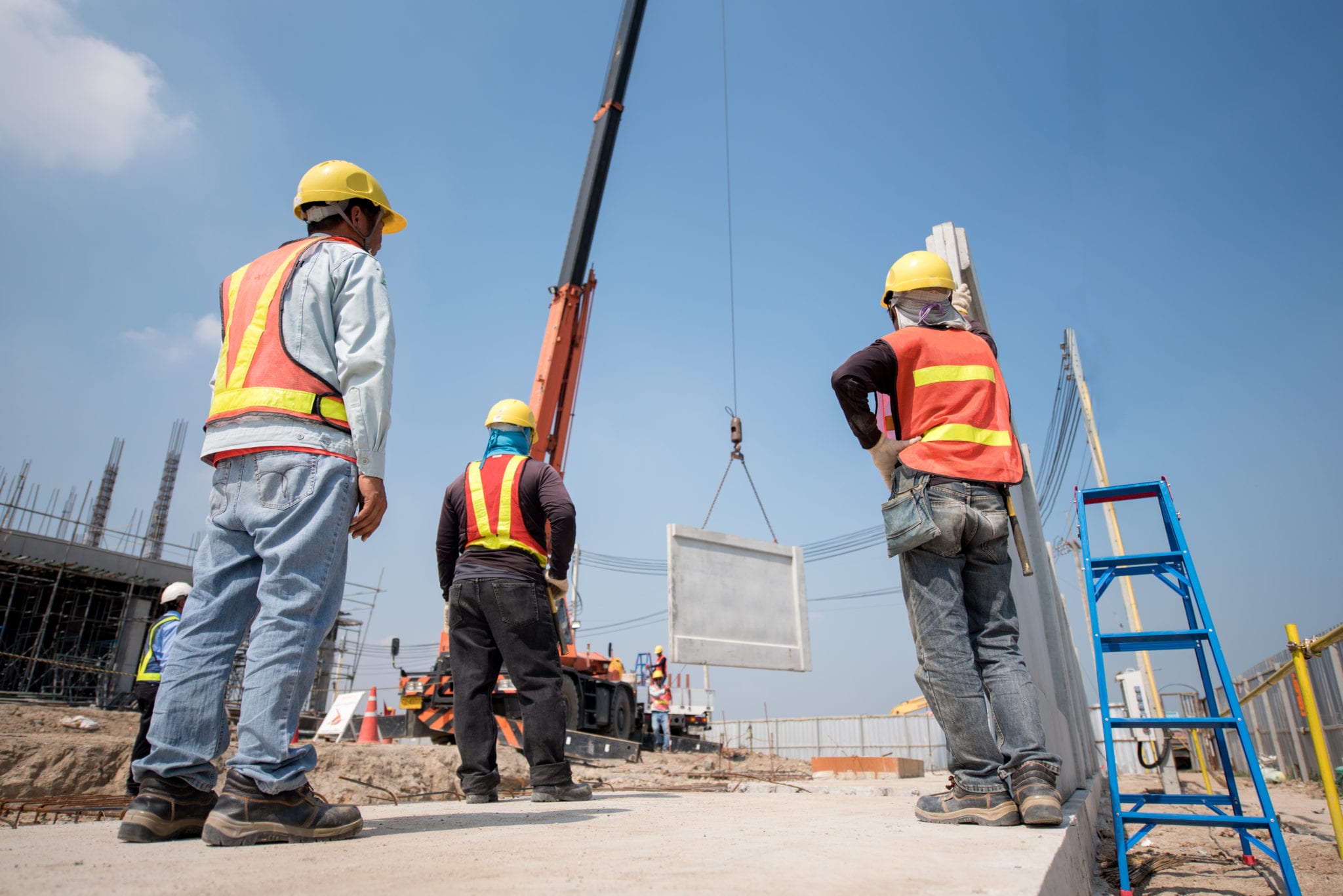
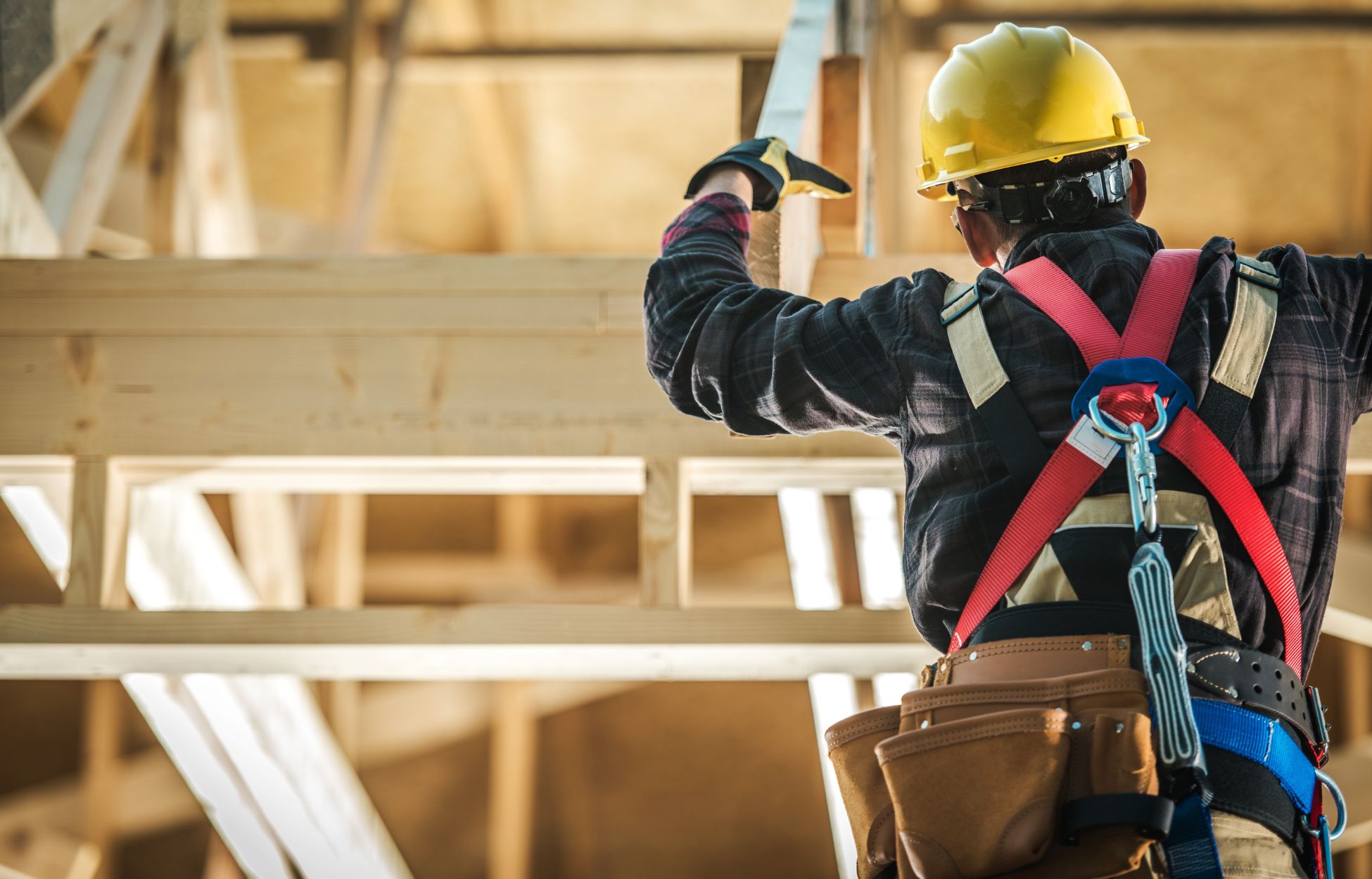
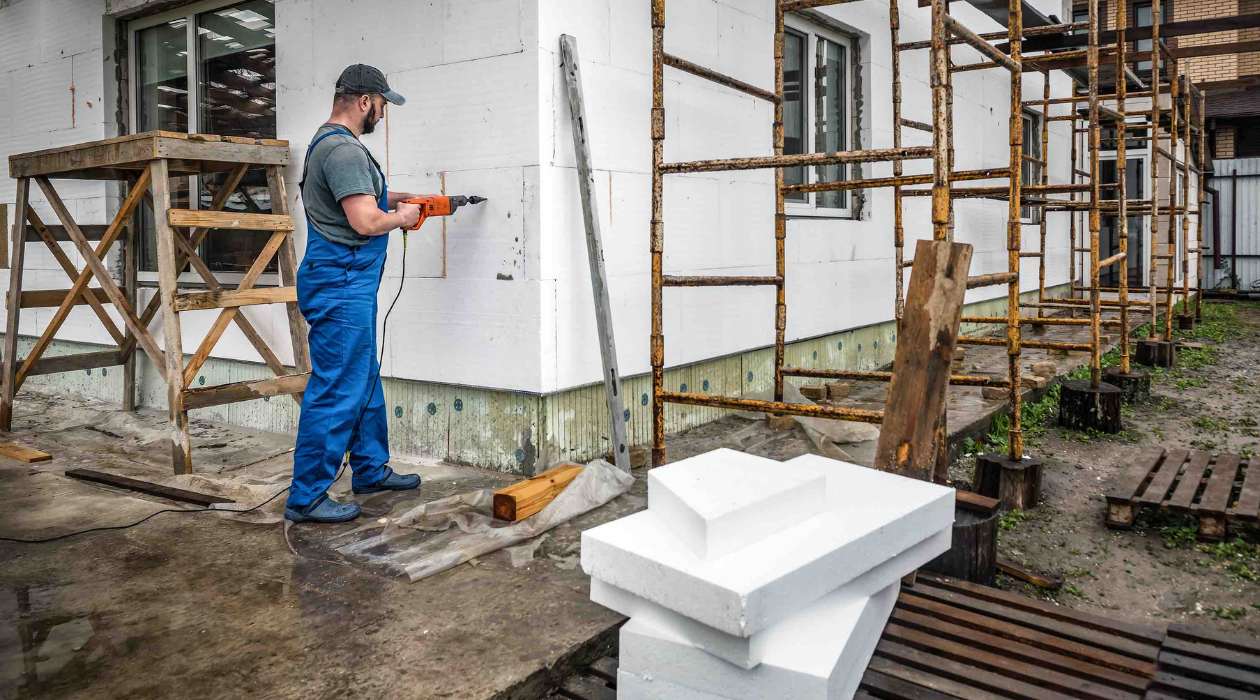
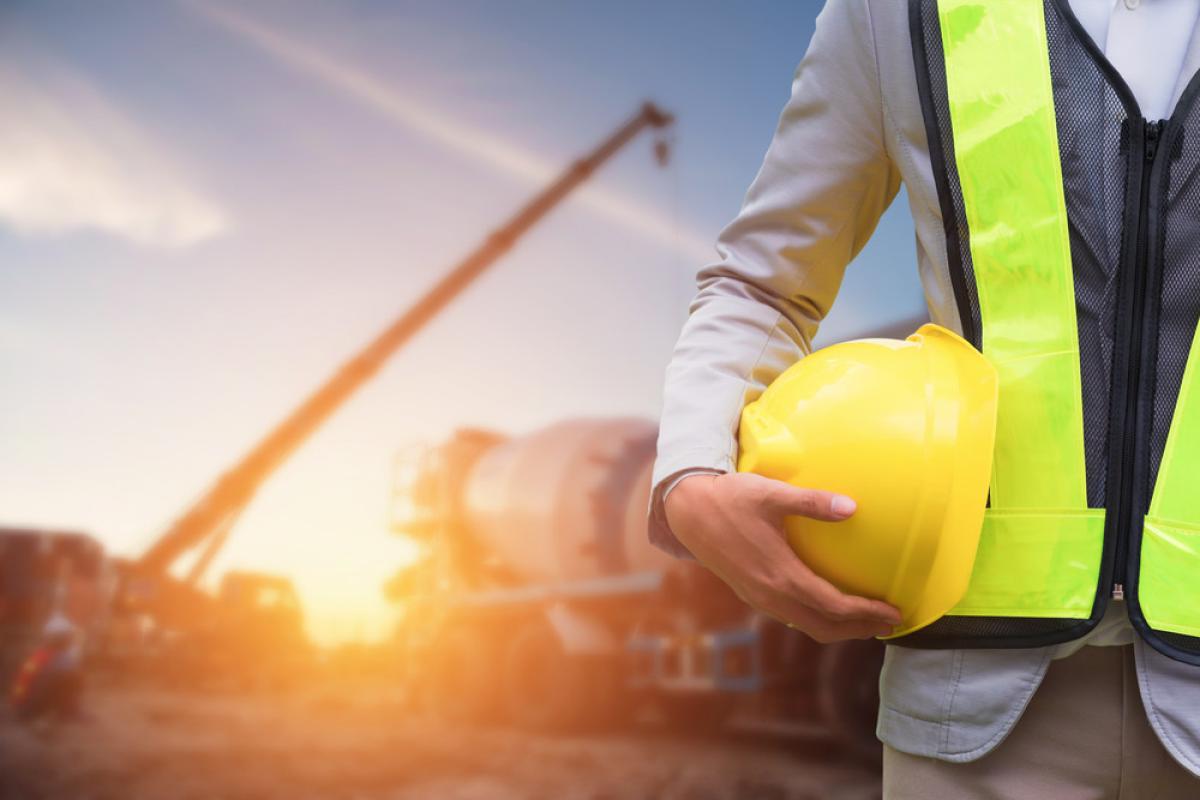
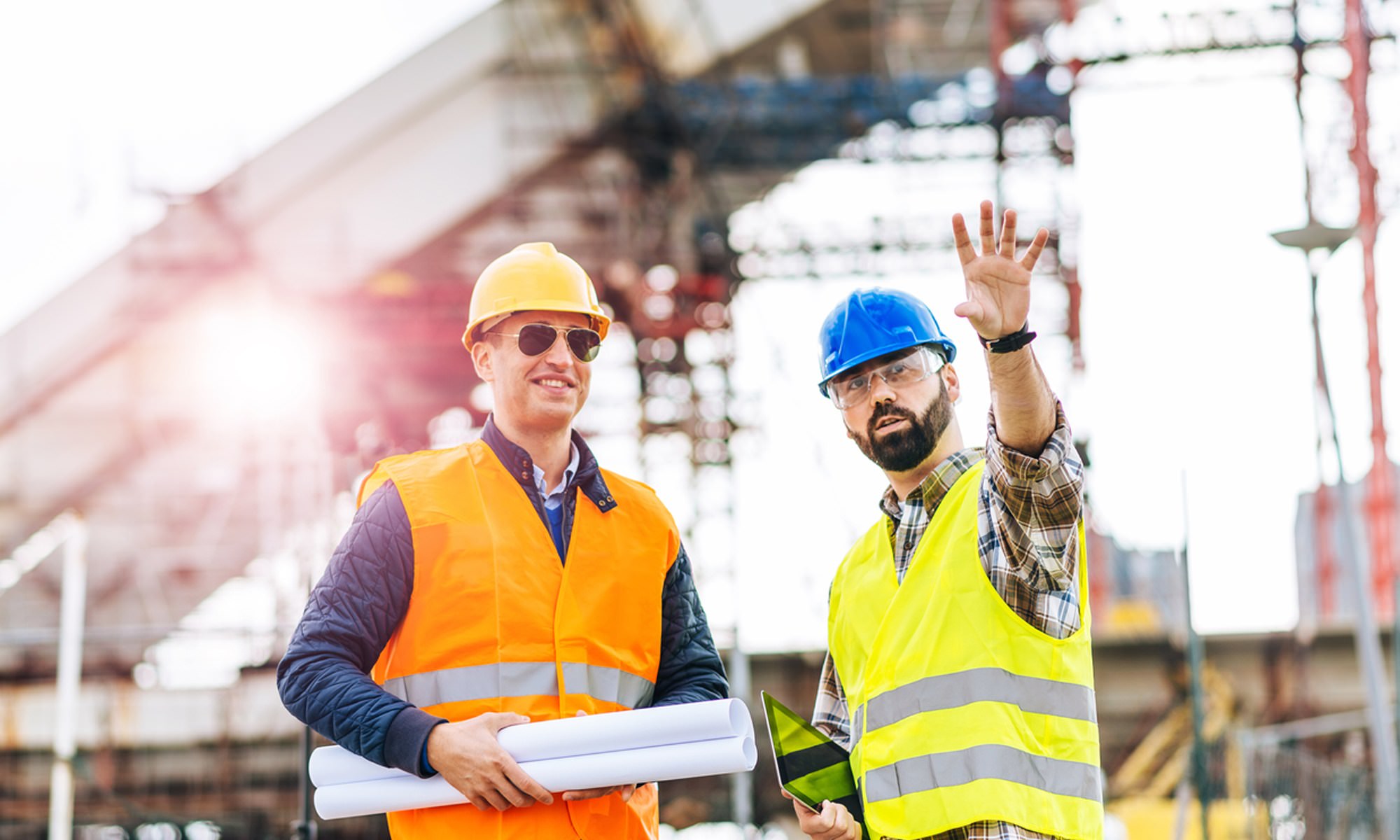

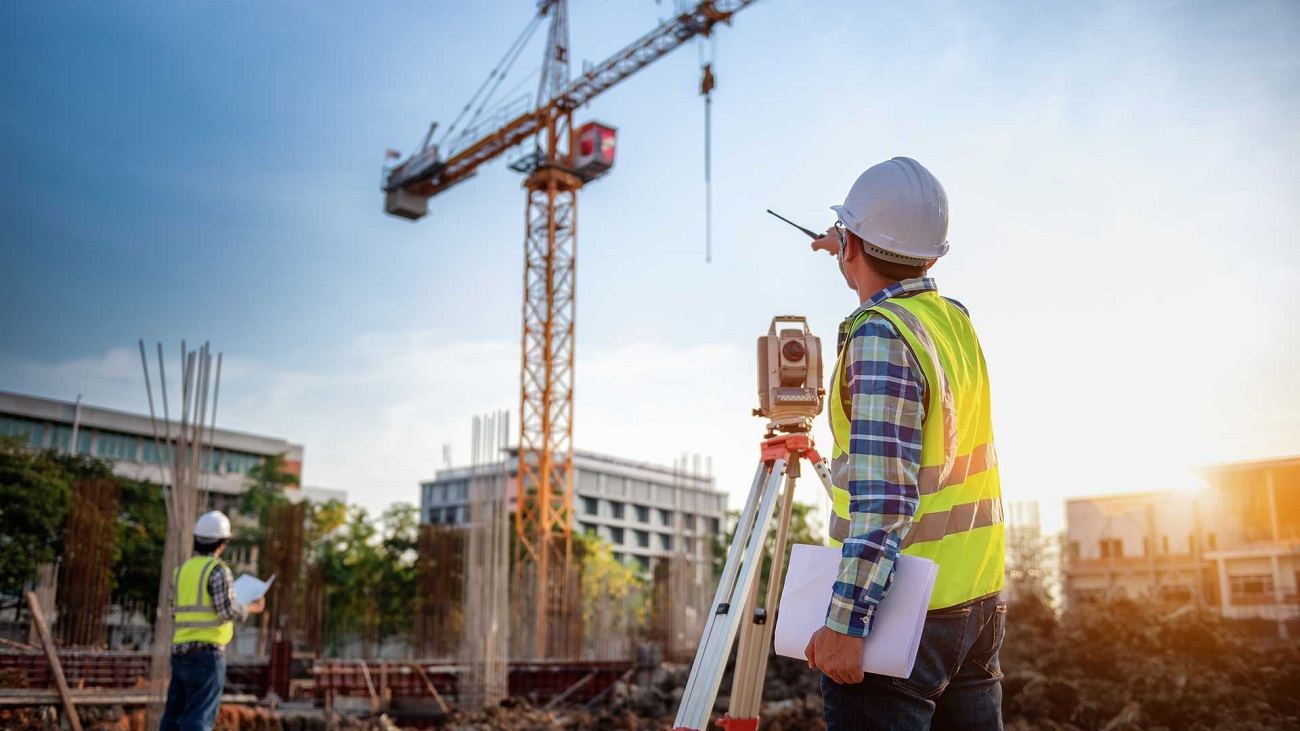
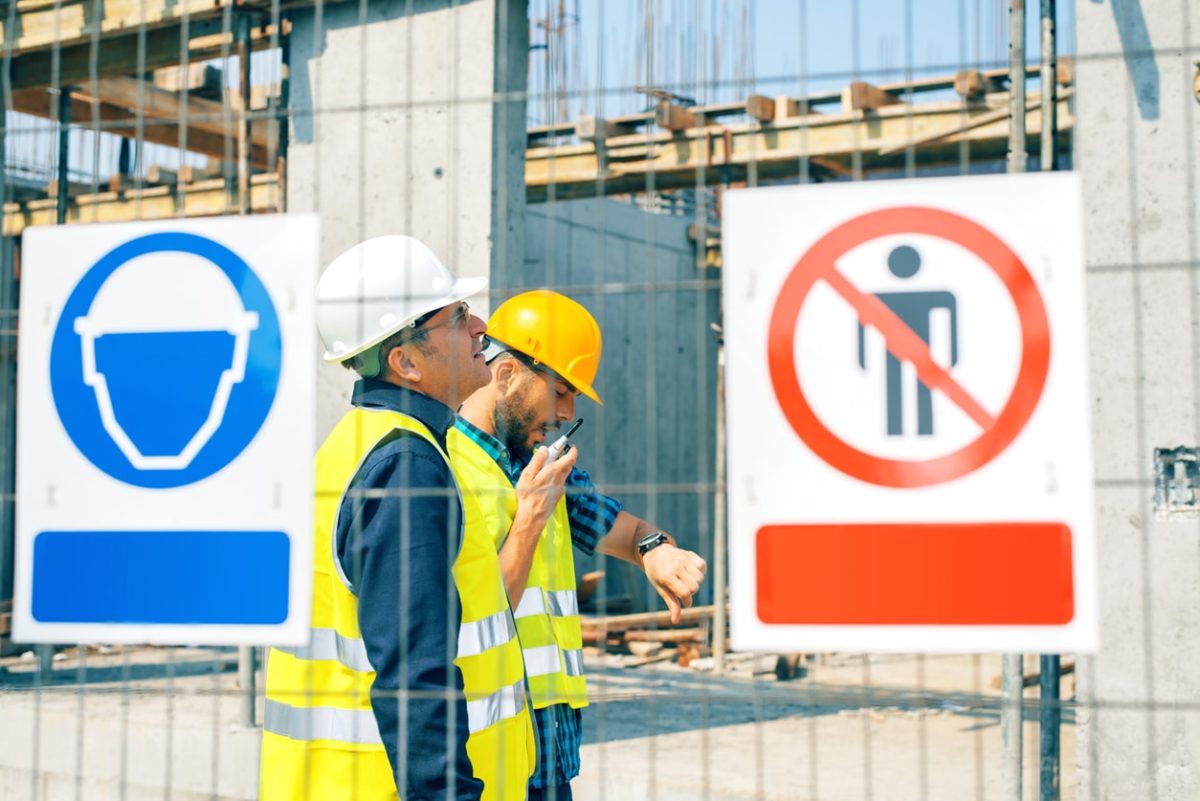
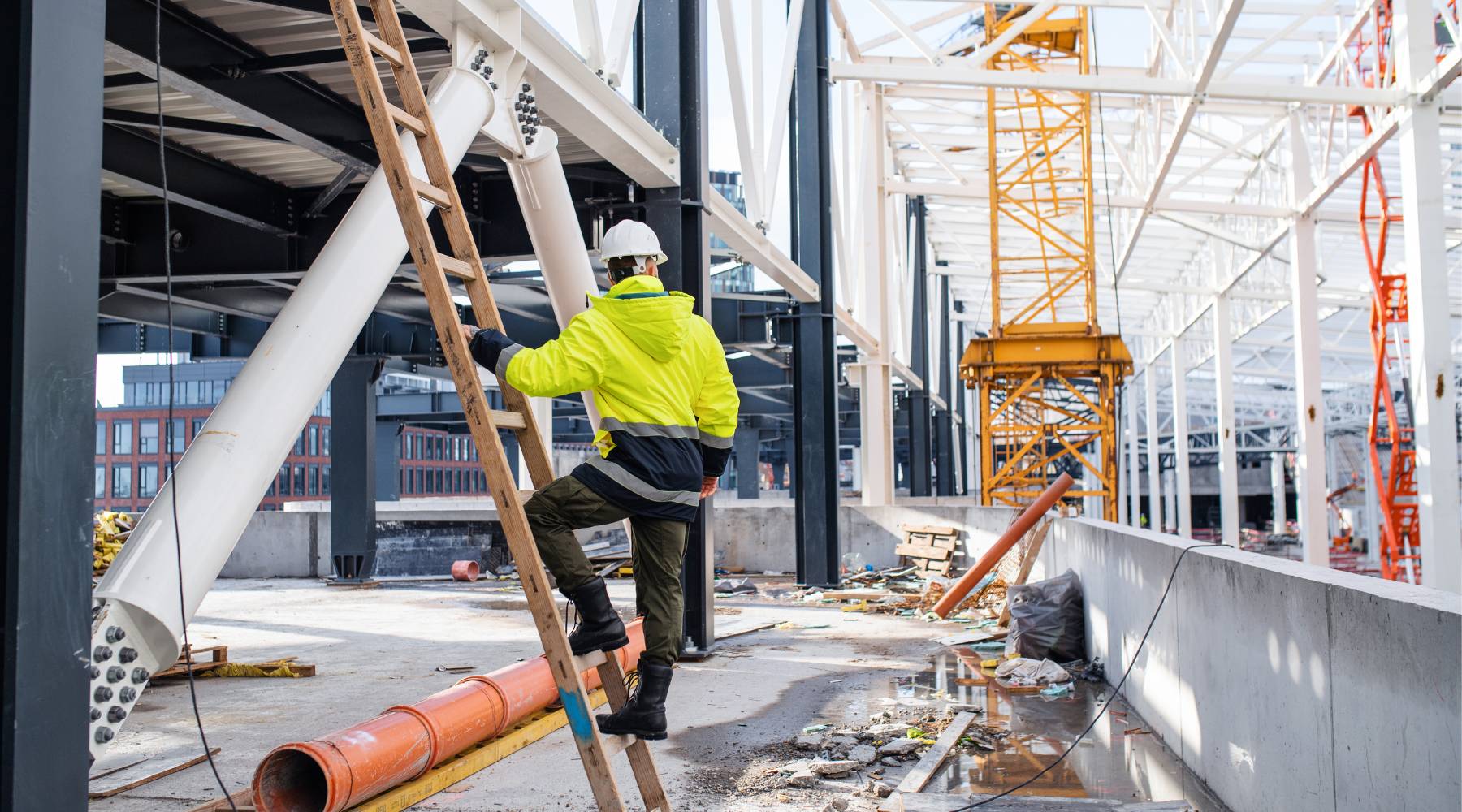
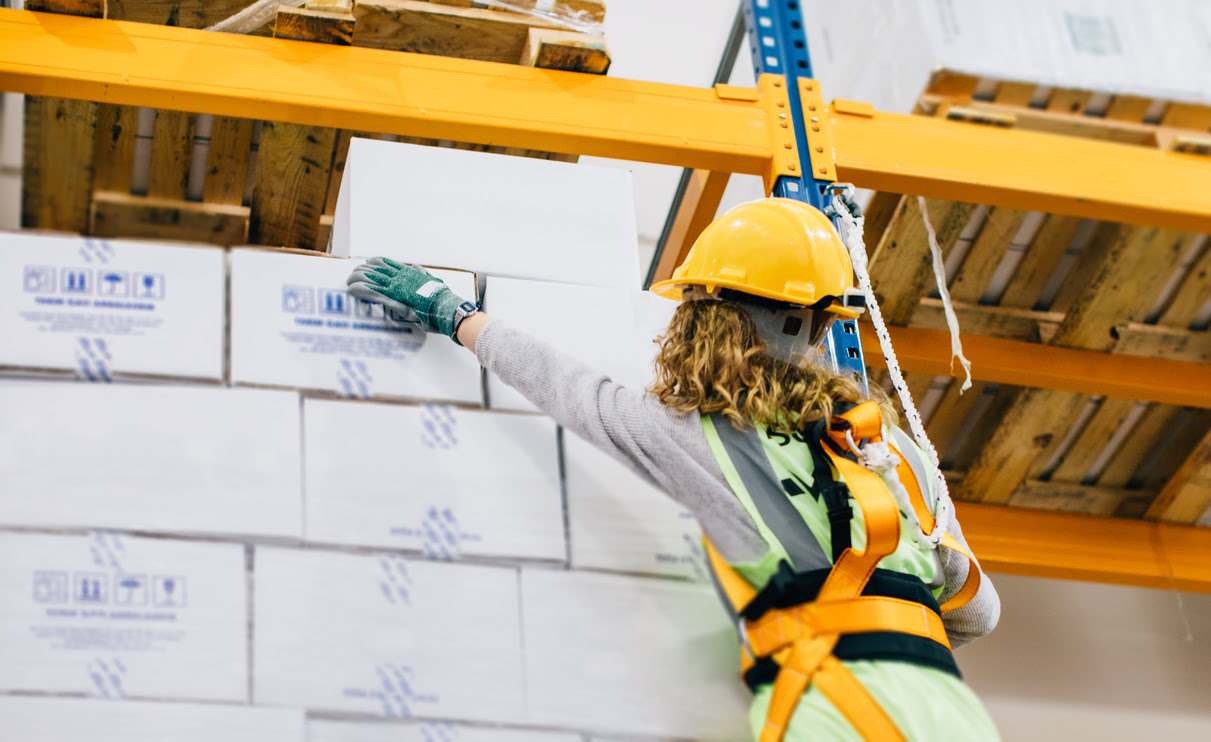
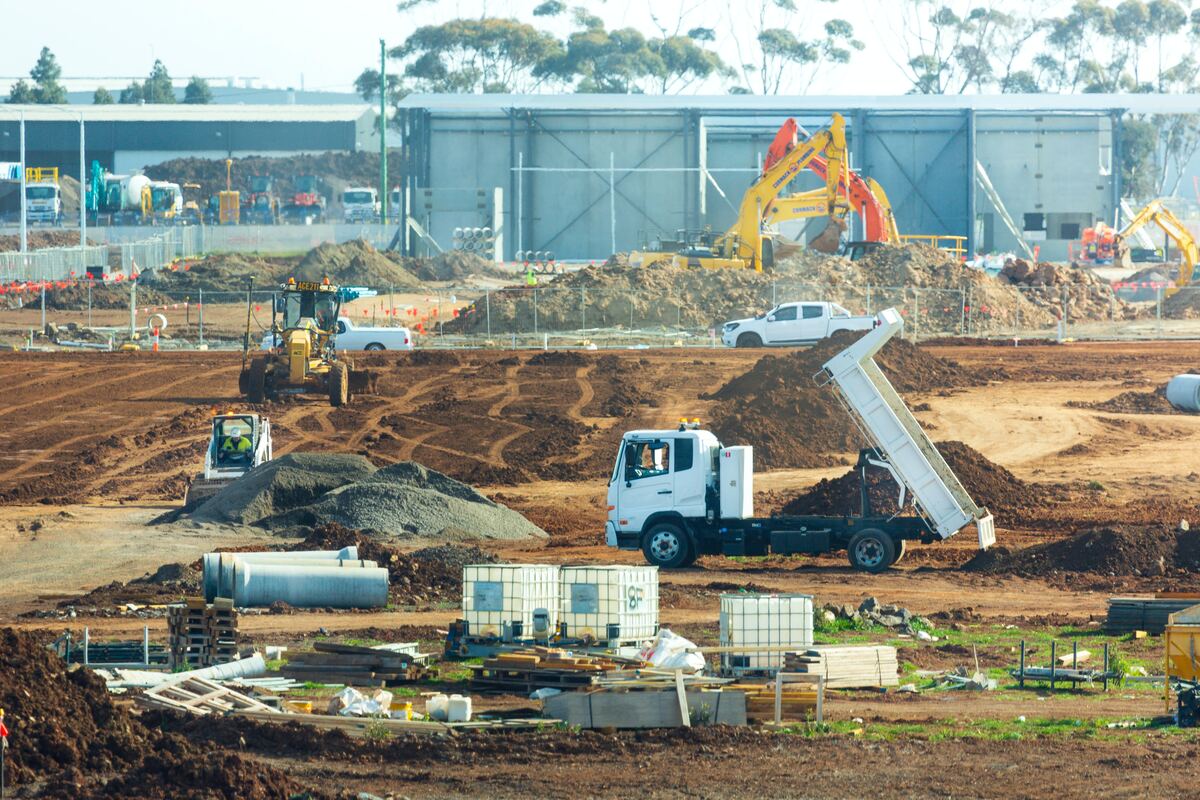
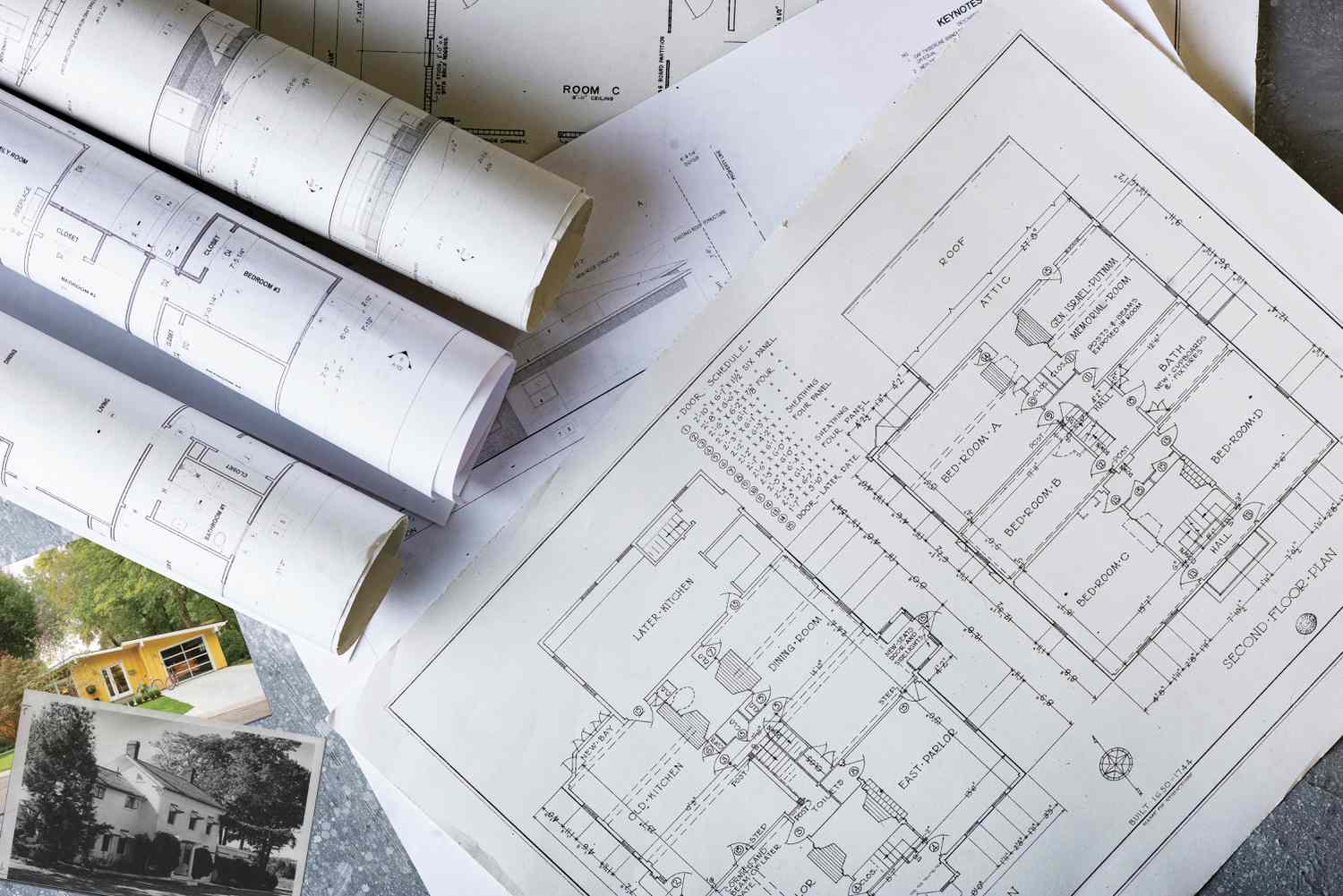
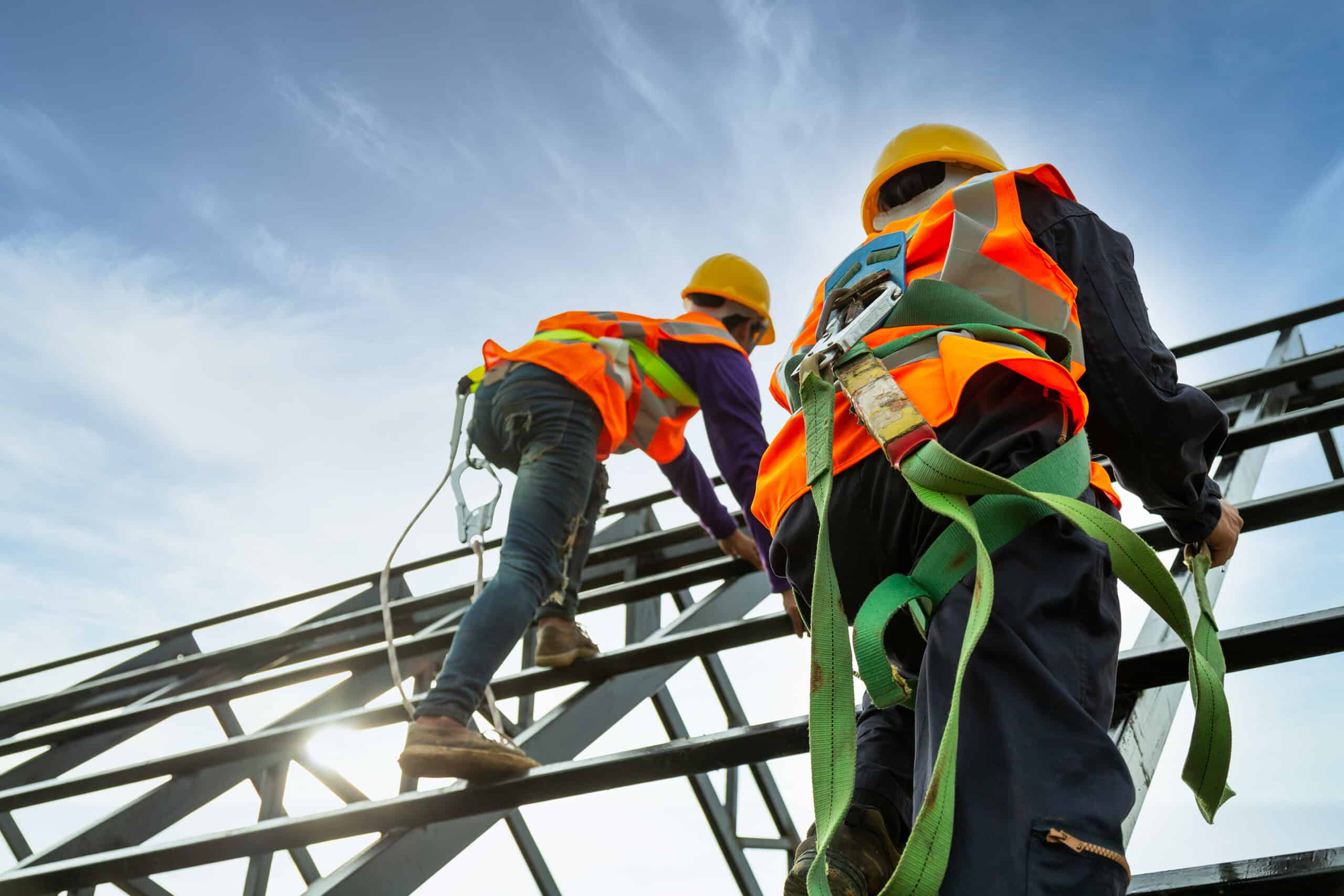
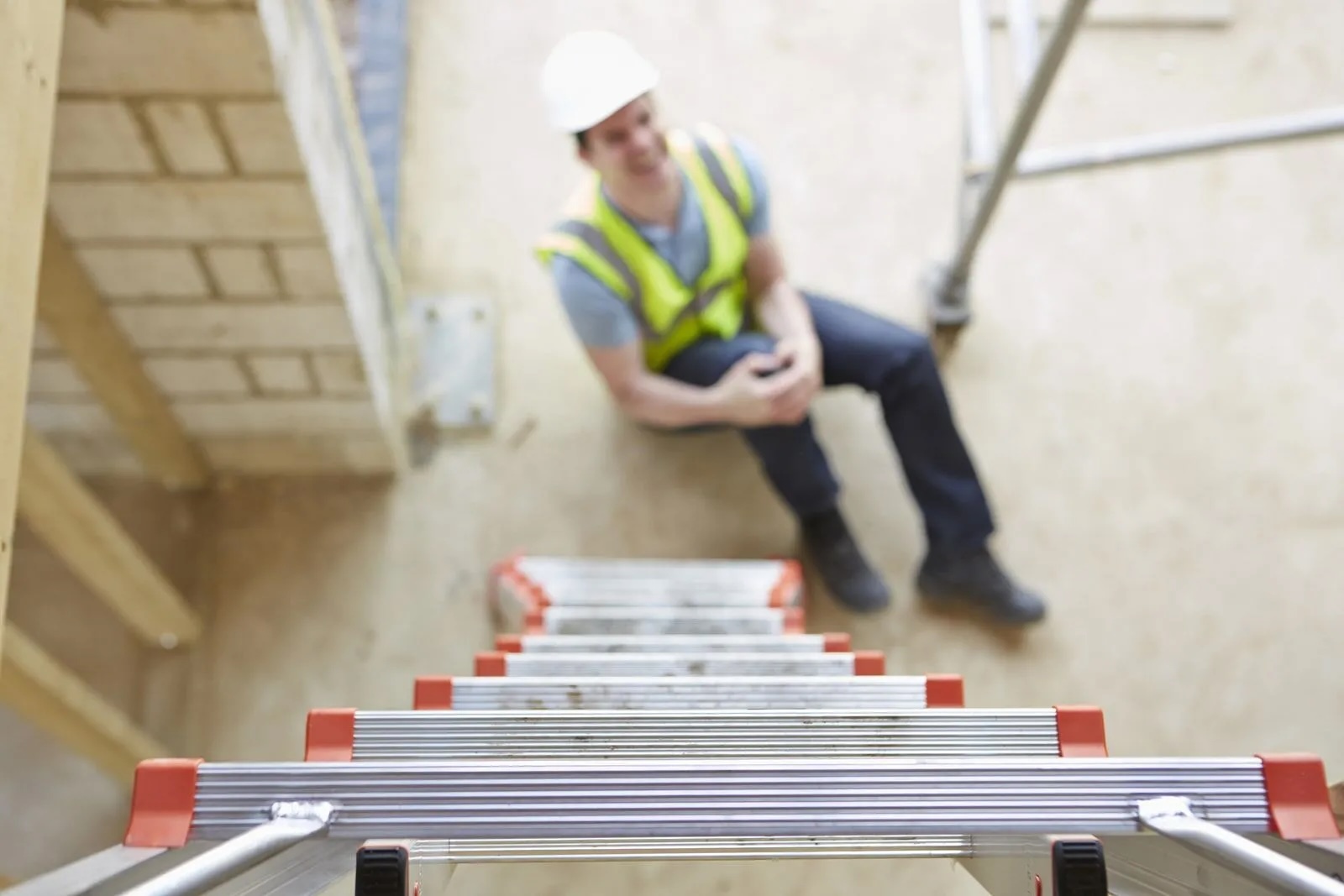

0 thoughts on “What To Wear To A Construction Site”